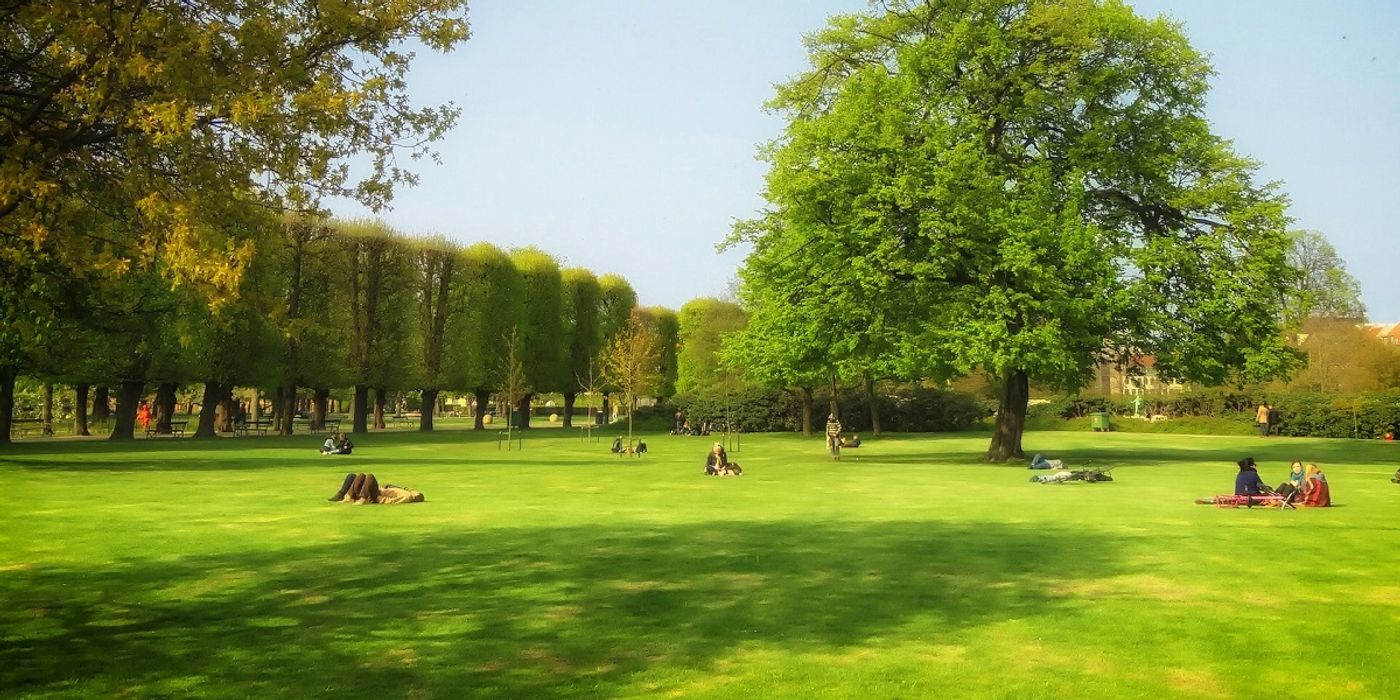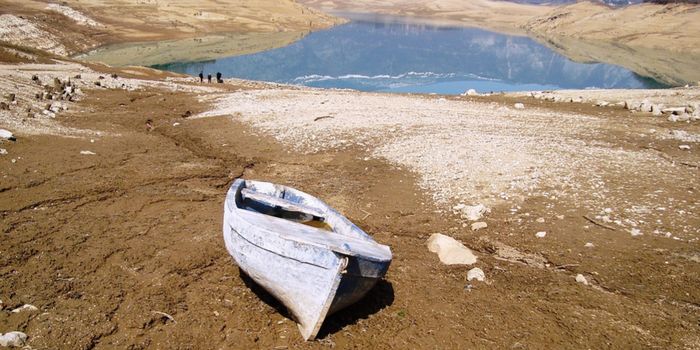Outdoor Activities and Recreation Under Stress
Outdoor recreation has long been shown to be good for your health. Walking through parks lowers blood pressure and has a stress-reducing effect on people, even if they don't realize it. Access to parks also promotes health through exercise opportunities and access to relaxing spaces in crowded urban environments. These opportunities to release stress are significant for all people.
Pandemic shutdowns were stressful for many people, and many turned to the outdoors for stress reduction, exercise, and social opportunities. Knowing what kinds of activities are engaging for people in urban and suburban parks is helpful for urban planners and developers to create spaces that cater to the needs of the people who live nearby.
A recent survey asked residents of Kuala Lumpur, Malaysia, about their outdoor recreation preferences and stress levels during the summer of 2020. The severely stressed people reported that their preferred outdoor activities were passive individual activities, such as resting outside, enjoying the fresh air, listening to bird sounds, and enjoying the sun. When people are more stressed, they are less interested in the social uses of parks and more interested in decompressing alone.
Other scientists in Finland investigated how residents changed their outdoor recreation use and the self-perceived changes in the respondents' well-being. Most people visited sites near forests, semi-natural areas, and landscaped areas near their homes. Nearly half of their subjects increased or held steady their time spent using outdoor spaces for recreation during the pandemic. However, residents had a wide breadth of responses to the pandemic. Some people spent significantly more time outside when working remotely, while others avoided recreation in crowded outdoor spaces. Regardless of the changes in actual use, the perceived benefits of green spaces to well-being were still positive.
More scientists in the Czech Republic reported the overuse of natural protected areas by people in suburban areas during the pandemic. Strict lock-downs limited the places people were allowed to go for recreation and highlighted the importance of high-quality outdoor infrastructure and trails that can provide a better experience for higher numbers of users.
We must take these opportunities to study the impact of our use of outdoor recreational areas in times of stress to better design and account for all possible services and increase the resiliency of our cities and their residents.
Sources: Urban Forestry & Urban Greening, Planning Malaysia, WHO Conference Notes, and The BMJ









